An Option for Movement
In this variation, cross-terrain movement is simplified so it treats all units the same – we ignore large except as a specialised rule for particular types of terrain (I also only apply large to vehicles, not Tsan Ra or Ghar). The special bonuses and penalties for 1s and 10s and the different tables for different unit types is reduced to a single, pass-fail test and a straightforward range of effects.
This gives us the following rule for movement:
| • A unit takes an Ag test when crossing or entering difficult terrain and when crossing obstacles at any speed faster than an Advance. • Units in a defended position at the start of their move can cross the obstacle they are defending without penalty. |
We also get rid of the Heavy, Crawlers and Primitive Vehicles special rules and replace them with one: Cumbersome. This gives a results table as follows:
| Test Result | Effect |
| Success | The unit crosses the terrain with no penalty |
| Failure | The unit stops at an obstacle, else moves at half speed through area terrain; Cumbersome units also acquire a pin. |
An Option for Line of Sight/Concealment
Changing the LoS/concealment rules proved a little more difficult. After taking advice from players and experts, the result is as follows. At its core it is based on an intuitive understanding that the deeper a target is into cover, the more difficult they are to see.
It has also been easier to refer to terrain that does not obscure LoS as ‘clear’ rather than ‘open’ (sorry about that!)
So, clear terrain is as it is now for open terrain: there is no penalty to LoS or visibility. Blocking terrain is also the same: you can’t see through a hill, a mesa or the side of a building! Which just leaves terrain that hinders LoS and offers concealment as obscuring. All terrain is given one of these three descriptions, with obstacles being classed as obscuring.
The following rules proved to be easy to understand, quick to pick up and easy to apply, but can also be tailored for individual items of terrain:
| The 4″ Rule: | LoS can be drawn through up to a total of 4” of intervening obscuring terrain, whether or not the unit occupies the terrain or not. Units in a defended position draw LoS across the obstacle they are defending without penalty. |
| Arc Penalty: | Any LoS drawn through obscuring terrain incurs an Acc penalty of -2 when more than half the target models are obscured from more than half the shooting models. |
| On the Edge: | A model at the edge of area terrain can draw LoS or have LoS drawn to them through that terrain without penalty. |
This means that units in a defended position now get a concealment bonus, which is intuitively understood: a unit could be hiding behind a line of bushes that offers no cover bonus to Res, but they are largely hidden from view.
This approach also penalises those within terrain shooting across it – something that we found was intuitively understood. The ‘On the Edge’ rule allows a unit to retain any cover bonus but it also allows players to alter their terrain such that, for example, the edge of a forest could have an obstacle running round it. Given the construction of some types of terrain we find it easier to have players state whether or not the unit is on the edge of an item of terrain when moving there!
The 4” is just that: any four inches, spread across one or more items of terrain. The 4” rule is a distance that works, on the whole, and seems to require little measuring but can be easily altered to personal taste and terrain you have available. Relatively open pieces of scrub, for example, could extend this to 6” or even 8”, whilst dense jungle could increase the Acc penalty to -4 or even reduce it to only 2” (very harsh). We found that using the distance proportionately fairly straightforward – 2” across normally obscuring terrain being equal to 3” across less dense terrain, and so on, but do not use such advanced variations in demo or pick-up games. We have a few examples of the 4” rules in action:
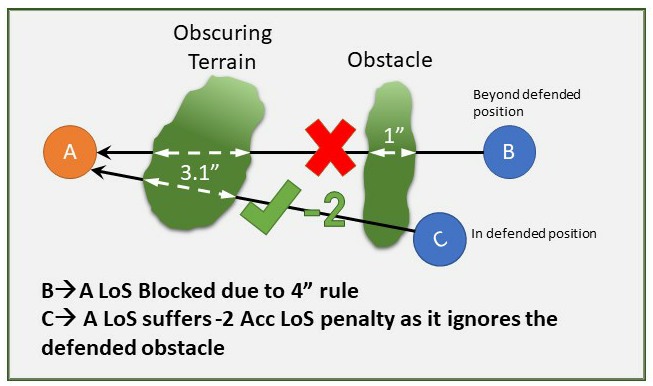
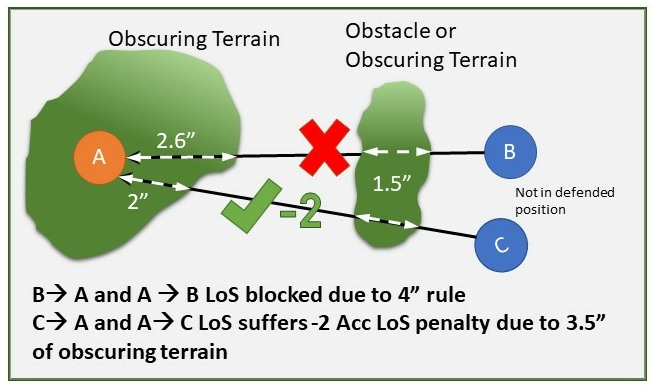
It’s worth noting here that concealment should also apply to large targets, as well, unless they are clearly proud of the terrain: a unit of infantry bent almost double through tall cheat could probably claim concealment but Boromite hauler is a different matter entirely! In such situations, a ‘what looks and feels most sensible’ approach works best – an implementation of Rick’s Rule.
Summary
In a nutshell, that’s it. Some fairly straightforward basics that help speed up play and are quickly assimilated by new players. Of course, they should be read in conjunction with other LoS rules such as not shooting through your own units! Beyond demo games, you may also wish to vary the results table even further for some types of terrain and add in some of the more fun Ag test failures.
So do try these variants in your own games and, above all, have fun!
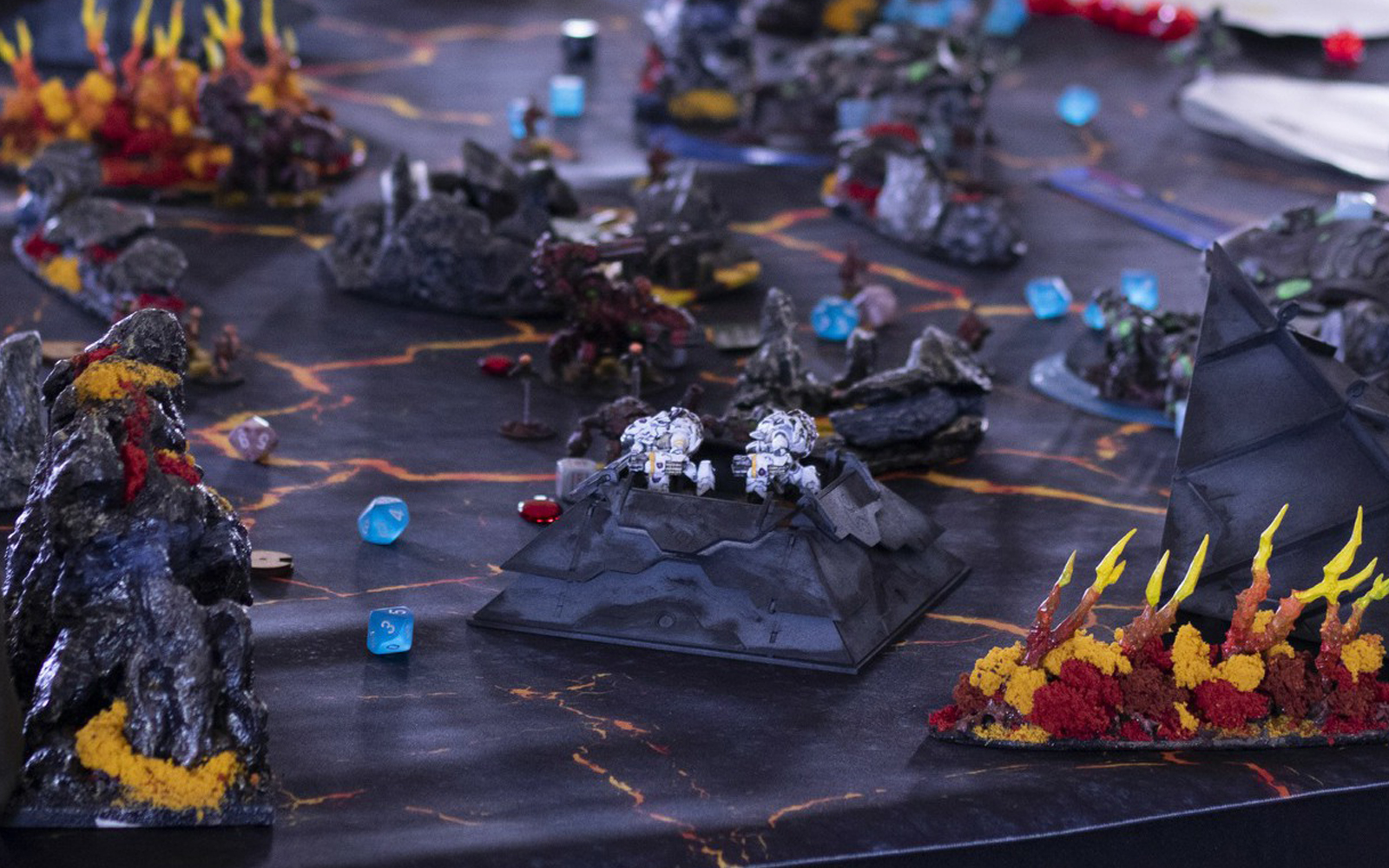
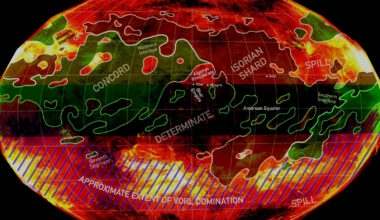
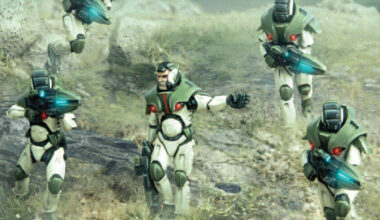


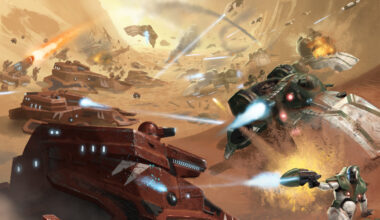
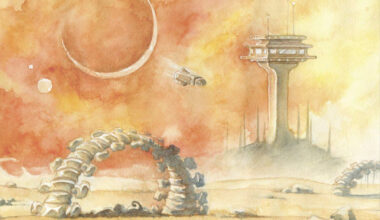
2 comments
Love it, if this is the approach for v2 then…give me two starter boxes!
Fantastic! A great approach and very excited to try them out on the table.
Comments are closed.